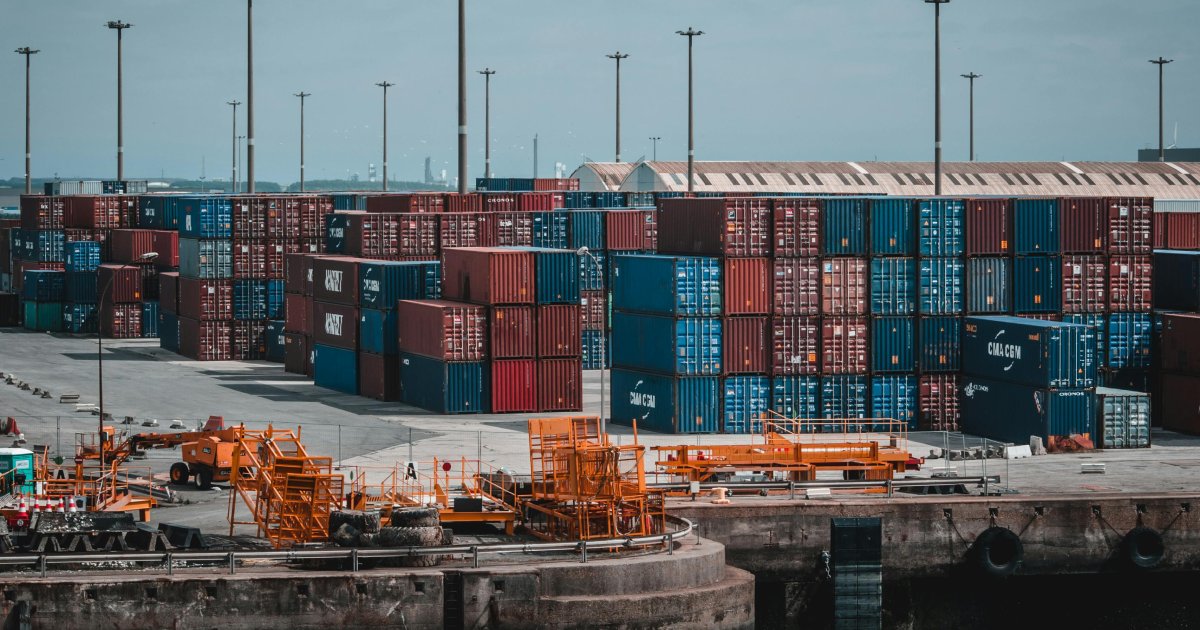Suppliers Prepare for Potential Tariffs

By Mark Seavy
In anticipation of the U.S. government refocusing on tariffs in 2025, licensed brand suppliers are reopening a well-worn playbook.
Even before President-elect Donald Trump’s first term, suppliers were gradually moving production away from China to focus on other low-cost regions like Malaysia, Singapore, and Vietnam. But with Trump’s return in January—and threats to impose tariffs of 60% or more on goods imported from China, tariffs of 100% on goods from Mexico, and tariffs of up to 20% for other regions—those previously planned shifts in production are picking up speed.
Five years ago, Trump sought to impose 25% tariffs on virtually all products and licensees scrambled to avoid price increases. In some cases, they had discussions with brand owners regarding potential concessions on royalties and minimum guarantees. And, since then, companies have ramped up their contingency plans.
Hasbro, for example, is negotiating with suppliers and considering design changes ahead of potential new tariffs. “We’ve been preparing for many months for any contingency,” Hasbro CEO Chris Cocks told The Wall Street Journal.
Hasbro imports approximately 40% of its products for the U.S market from China (which is down from more than 50% five years ago). It hopes to cut that figure in half within four years, Cocks said. Mattel, meanwhile, gets less than 50% of its products from China. And Funko imports 33% of its goods from China, a figure that drops to 10% for the Loungefly brand that is already subject to tariffs, Funko CEO Cynthia Williams said.
“We’ve been working on our strategy, and we have done some scenario planning, and scenarios around the U.S. elections were part of that,” Williams said. “We are fortunate that over the past several years we have been diversifying our supply base away from China. So, we have a sense of what the size of tariffs might be.”
This shift has not been limited to toymakers, however, as companies across categories have been making changes to their manufacturing strategies in recent years.
Fashion brand Tapestry began shifting its manufacturing away from China to focus on other countries 10 years ago, an effort that picked up speed within the past five years, CEO Joanne Crevoiserat said. About 10% of Tapestry’s apparel brands, which include Kate Spade and Stuart Weitzman, are sourced from China, she said. In the case of the Coach brand, all of the leather goods are manufactured outside China.
Similarly in housewares, Newell—whose brands include Rubbermaid, Coleman, Contigo, and others—has cut its imports in half during the past several years to just 15% of its total products and is targeting 10% by the end of 2025, CEO Chris Peterson said.
At the same time, it will boost production at its U.S. plants, including its Rubbermaid plastic food storage plant in Mogadore, OH and a writing products (Sharpie, Paper Mate brands) factory in Marysville, TN. It also moved some production for small electric products to Marysville from China. The tariff risk for Newell will be baby products, the majority of which are sourced from China, Peterson said.
“We believe in a number of categories, if there were tariffs implemented, we would be in a position to benefit from that [because of Newell’s U.S. production],” Peterson said. “So, we’re watching it closely. We’ve been preparing for the potential for tariffs. And we are as well-positioned as we can be to benefit in some categories.”
Additionally, as a result of these changing strategies, several countries are working to position themselves as an alternative for manufacturing.
Malaysia, for example, struck an agreement with neighboring Singapore to create a special economic zone where companies will be given financial incentives, including tax breaks, to build factories. During the previous Trump administration, Malaysia deployed a similar incentives strategy and succeeded in luring companies like Texas Instruments, car maker Geely, and Alibaba to set up operations.
“You are seeing a potential confluence of events where tariffs could lead to further expansion of production outside China,” a licensing executive said. “Suppliers are seeking alternatives, and other Asian countries are providing them.”




